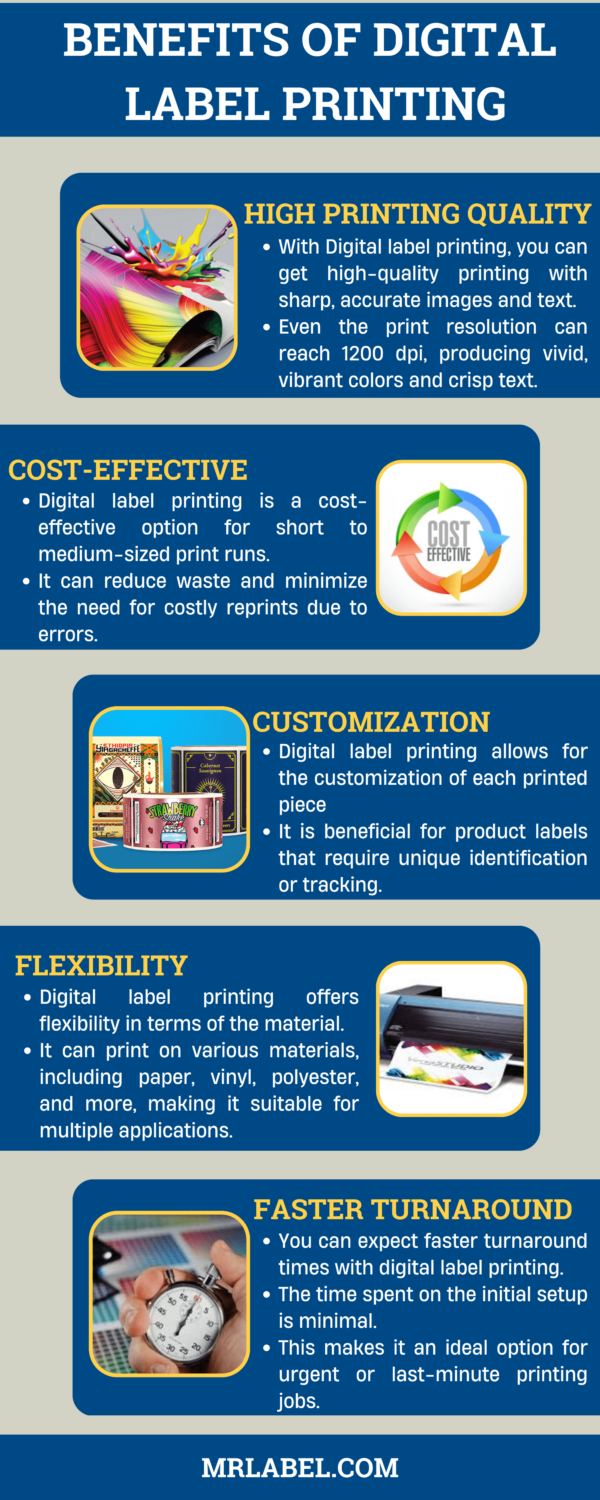Digital Printing Fundamentals Explained
Digital Printing Fundamentals Explained
Blog Article
The Best Guide To Digital Printing
Table of ContentsSome Known Details About Digital Printing Things about Digital PrintingLittle Known Facts About Digital Printing.The Basic Principles Of Digital Printing Excitement About Digital PrintingEverything about Digital Printing
Variable data printing, such as straight mail with customized codes and addresses, is ideally fit for digital printing. Digital quick printing only requires 4 steps of design, evaluation, printing and binding to obtain whatever done. Digital fast printing has an exceptional benefit: print on need.According to PMMI, electronic printing enables brand names and suppliers to respond quickly to customer demands while boosting the supply chain, decreasing warehousing price and waste, and delighting in faster time to market. That all audios fantastic, yet just how does this modern technology do all that? The significant differentiator of these technologies is that there are no set up costs and no plates with digital printing.
Some Known Facts About Digital Printing.
This results in quicker turnaround time and reduces expense when utilizing electronic printing.
Rapid production means getting your item to market faster. It likewise indicates it's much easier and faster to make modifications later on, when you alter a recipe, add a SKU, or create seasonal product packaging. Digital printing is highly adaptable, so it's very easy to make modifications to the bundle style rapidly. It all goes back to the plates.
With conventional printing approaches, short-run printing is just not feasible. Due to the fact that a wonderful layout can make or break your item, electronic printing regularly develops top quality, clear and vibrant graphics each time.
Digital printing is the procedure of printing digital-based photos straight onto a range of media substrates. There is no demand for a printing plate, unlike with balanced out printing. Digital files such as PDFs or desktop publishing documents can be sent out straight to the electronic printing machine to publish theoretically, photo paper, canvas, textile, synthetics, cardstock and other substrates.
The Only Guide for Digital Printing
According to PMMI, digital printing enables brand names and manufacturers to respond promptly to consumer needs while boosting the supply chain, minimizing warehousing price and waste, and delighting in faster time to market. That all noises great, but exactly how does this technology do all that? The major differentiator of these innovations is that there are no set-up costs and no plates with digital printing.
According to Wikipedia, the best difference between digital printing and conventional techniques such as lithography, flexography, gravure, or letterpress is that there is no need to change printing plates in digital printing, whereas in these analog printing techniques home plates are continuously replaced. This results in quicker turn-around time and reduces expense when making use of digital printing.

The 4-Minute Rule for Digital Printing
A lot more supply can imply Recommended Site more waste in the future. With traditional printing approaches, short-run printing is simply not possible. Because a wonderful layout can make or break your product, digital printing consistently develops high-quality, clear and colorful graphics each time. Digital printing on flexible bags adds the bright, dynamic, and accurate graphics that virtually bid consumers to connect and touch them.

According to PMMI, electronic printing Digital Printing allows brands and makers to react promptly to customer demands while improving the supply chain, reducing warehousing expense and waste, and appreciating faster time to market. That all sounds fantastic, yet just how does this innovation do all that? The significant differentiator of these technologies is that there are no set-up fees and no plates with electronic printing.
Not known Facts About Digital Printing
According to Wikipedia, the biggest difference between digital printing and conventional techniques such as lithography, flexography, gravure, or letterpress is that there is no requirement to change printing plates in electronic printing, whereas in these analog printing approaches the plates are repeatedly replaced. This results in quicker turnaround time and lowers expense when making use of digital printing.
Fast production means obtaining your product to market faster. It also suggests it's less complicated check over here and faster to make adjustments later, when you change a recipe, add a SKU, or develop seasonal packaging. Digital printing is very versatile, so it's easy to make adjustments to the bundle style swiftly. It all returns to the plates.

All About Digital Printing
Digital printing is the process of printing digital-based photos straight onto a variety of media substrates. There is no requirement for a printing plate, unlike with balanced out printing. Digital files such as PDFs or desktop publishing files can be sent straight to the digital printing press to publish on paper, image paper, canvas, material, synthetics, cardstock and various other substratums.
Report this page